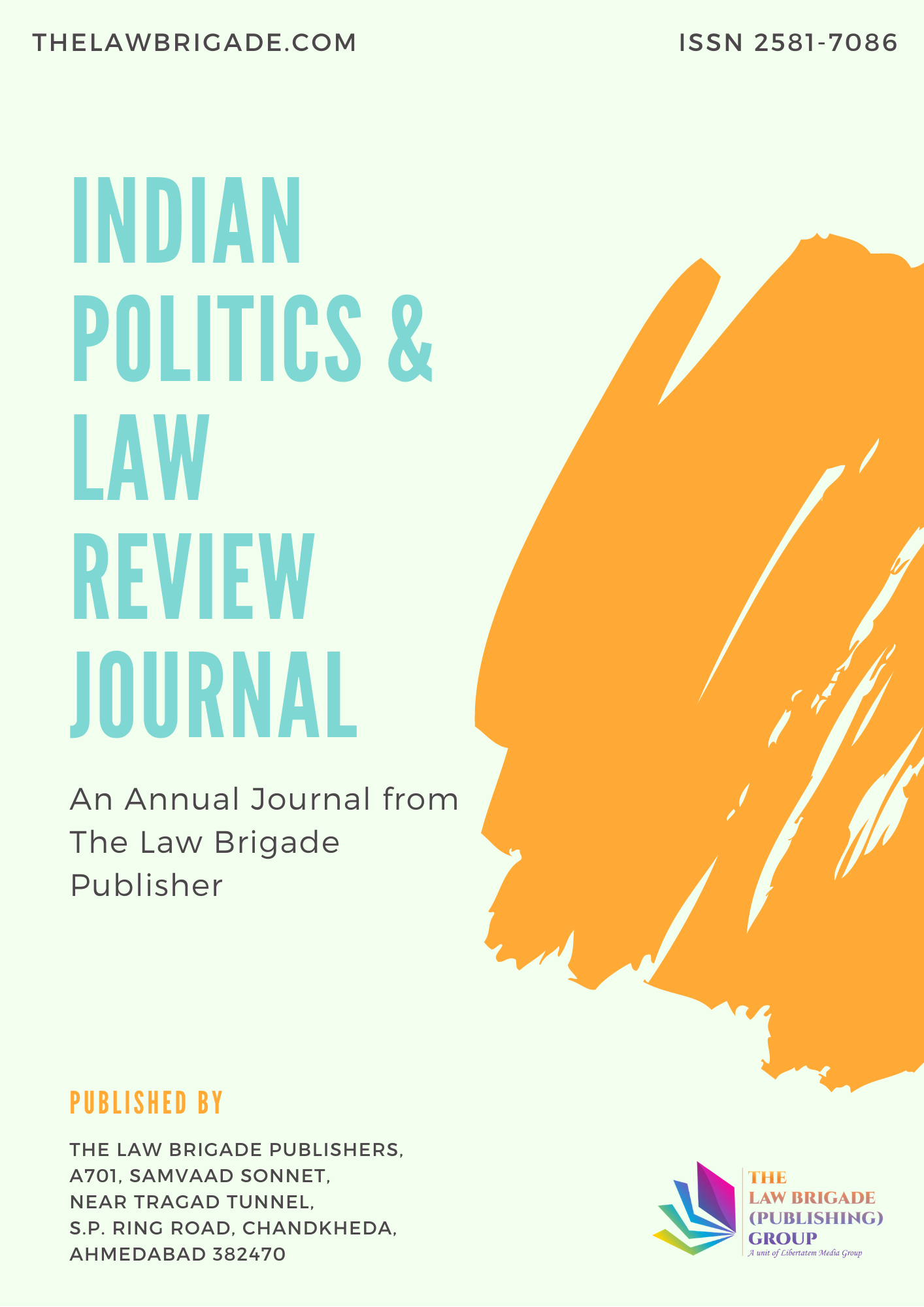In accordance to Article 1 of Convention on the Right of the Child, Child marriage has been defined as marriage under the age of 18. Article 16 clause (2) defines child marriage as illegal. The issue of child marriage persists to be a profound predicament in the complex matrix of socio-religious practices, economic facets and other prejudices, which even in 21st remains a grave issue in the subcontinent.
Worldwide, over 60 million women are estimated to be married before reaching majority, and about 40% of world’s child brides, inhabitants of India. Deemed as a virtuous act in the begone time, is now recognised as one of the root causes of childhood violation and trauma, rendering an individual with psychological, emotional and physical scars for life. However, in spite of the views, child marriage persists to be an issue throughout the nation.
Child marriage in India persists to thrive in the rural areas. Catalysts to its subsistence are usually a concoction of poverty, lack of education whilst being coloured by a pervasive patriarchal culture that festers gender inequalities, encouraging the phenomenon to thrive.
Imposition of strict policies by the British during colonial era like Prevention of Child Marriage (SARDA) Act, 1929 and later by the elected Indian government after the independence like The Special Marriages Act (1954) the Hindu Marriage Act (1955) were initial steps to spread awareness against the child marriage and to muzzle the predicament. Further, amending the SARDA Act in 1978, legal bar for marriage was increased from 14 to 18 years for females and 18 to 21 years for males. Another addition to these laws were The Prohibition of Child Marriage Act, 2006 providing a larger ambit to curb this issue.





